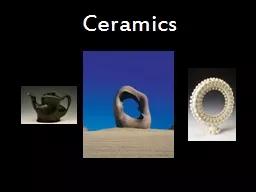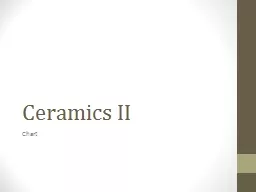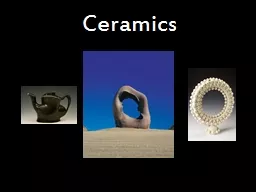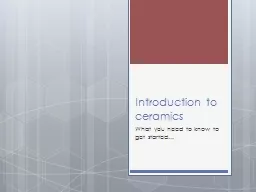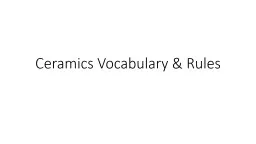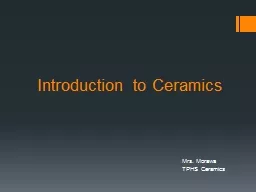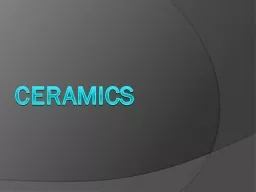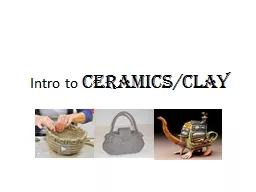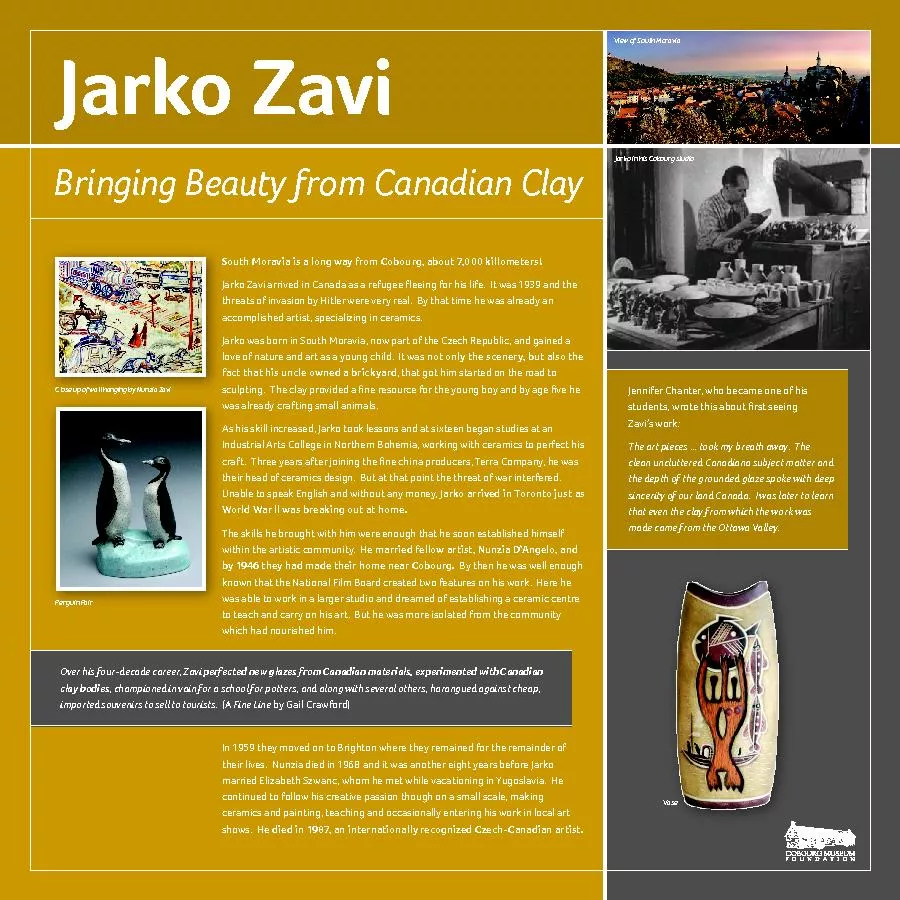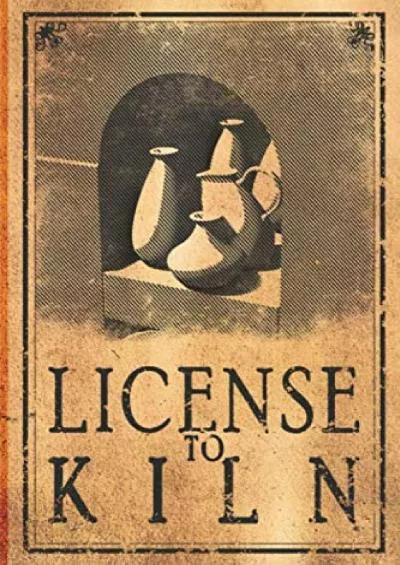PPT-Ceramics Preparing Clay Before making anything with clay, whether by hand or on the pottery
Author : briana-ranney | Published Date : 2018-03-19
Wedging Working clay on a surface with the palms of the hands in order to remove air from it and obtain a uniform consistency Leather hard The condition of unfired
Presentation Embed Code
Download Presentation
Download Presentation The PPT/PDF document "Ceramics Preparing Clay Before making an..." is the property of its rightful owner. Permission is granted to download and print the materials on this website for personal, non-commercial use only, and to display it on your personal computer provided you do not modify the materials and that you retain all copyright notices contained in the materials. By downloading content from our website, you accept the terms of this agreement.
Ceramics Preparing Clay Before making anything with clay, whether by hand or on the pottery: Transcript
Download Rules Of Document
"Ceramics Preparing Clay Before making anything with clay, whether by hand or on the pottery"The content belongs to its owner. You may download and print it for personal use, without modification, and keep all copyright notices. By downloading, you agree to these terms.
Related Documents

